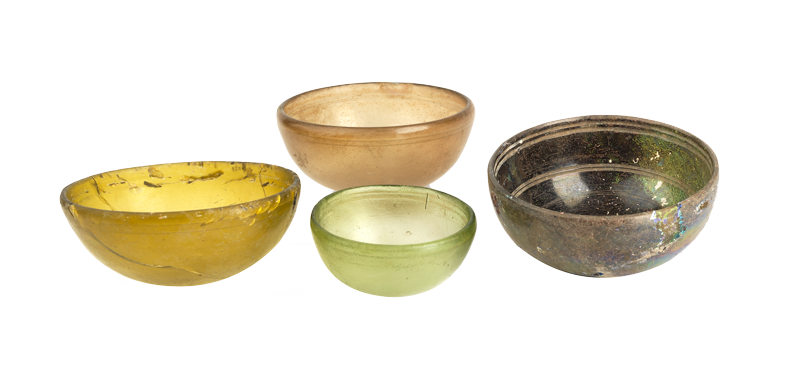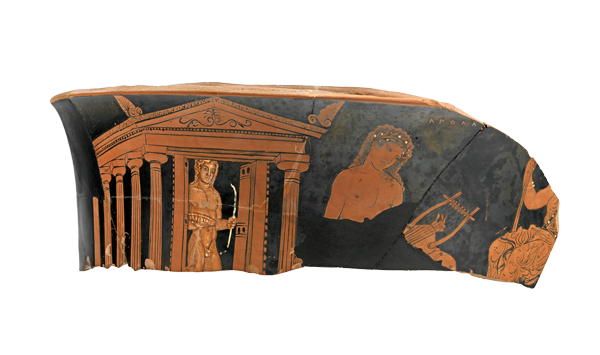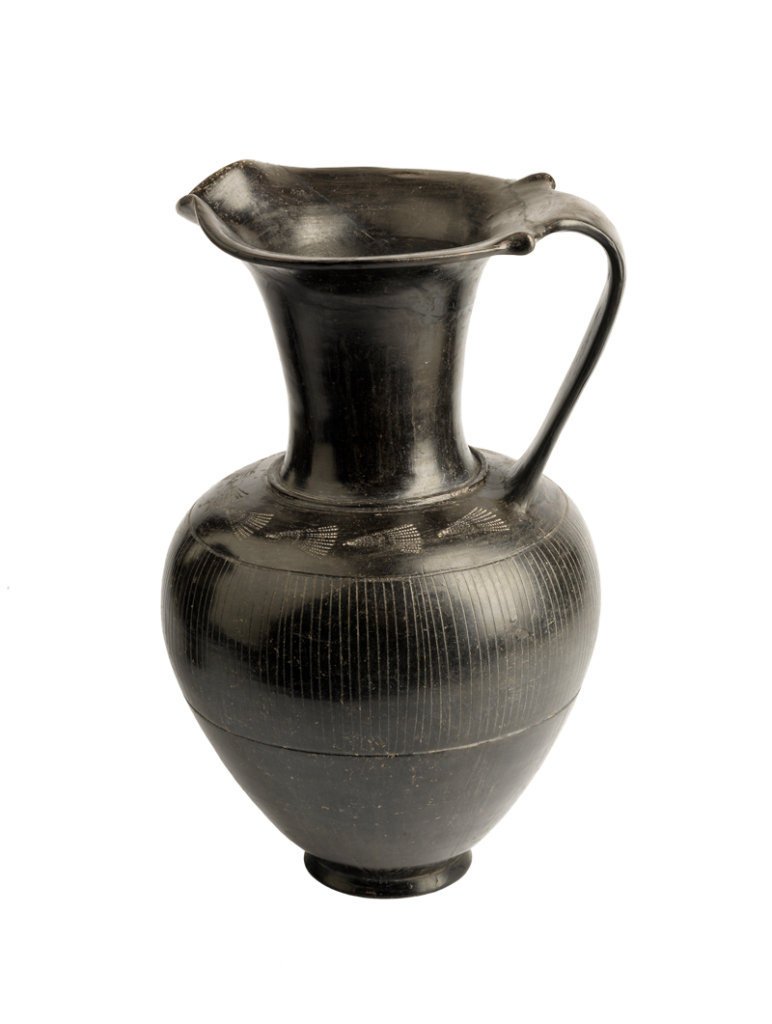History of the Classical World
From richly decorated Greek terracotta to Etruscan urns and fragile Roman glassware.
Influences from classical antiquity are evident in the Dutch language, system of government, and also in architecture. This antiquity come to life at the Allard Pierson. From richly decorated Greek terracotta to Etruscan urns and fragile Roman glassware: original artefacts have much to tell us about Ancient Greece, Etruria (the region in Italy to the north of Rome) and the Roman Empire. They sketch a picture of cultures that enjoyed close contact with each other, fought each other, carried on trade and influenced each other in all sorts of ways.
The oldest items in the classical collections are the Cycladic idols, stylised female figures that were carved from marble on the Cyclades from approximately 3000 BC onwards. The collections of painted terracotta from Greece and Southern Italy from the 6th and 5th centuries BC are world famous. Figurines of baked clay from Greece and Southern Italy, primarily from the 4th and 3rd centuries BC, tell us about life in the classical world.

Glass bowls, Syria, circa 150-100 BC Apollo next to his temple in Delphi. Fragment of mixing vessel. Southern Italy, Taranto, 400-390 BC
Apollo next to his temple in Delphi. Fragment of mixing vessel. Southern Italy, Taranto, 400-390 BC
